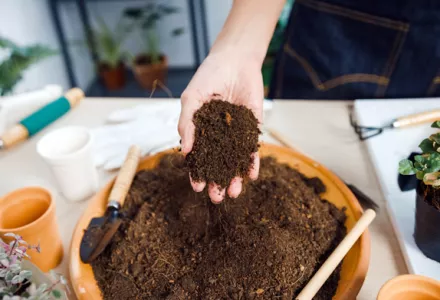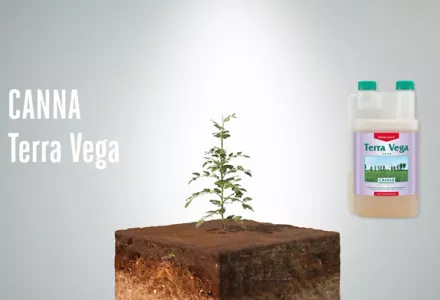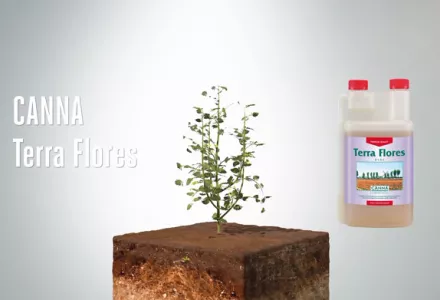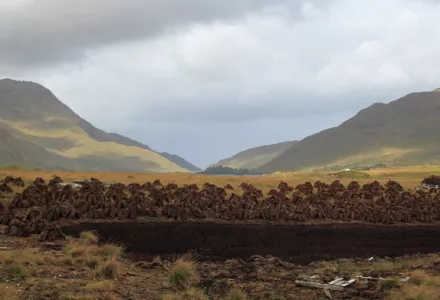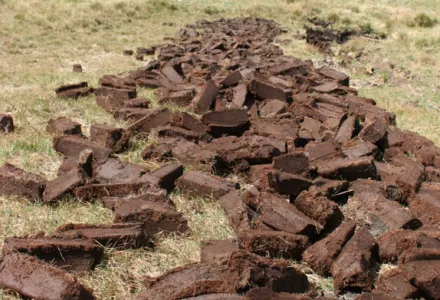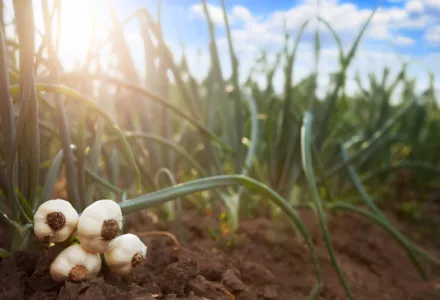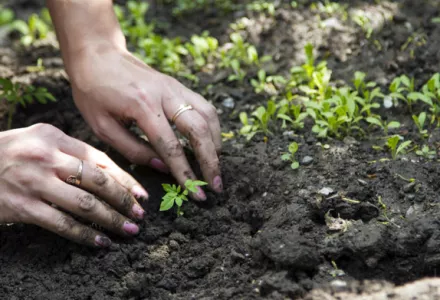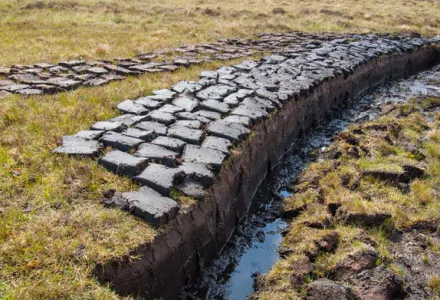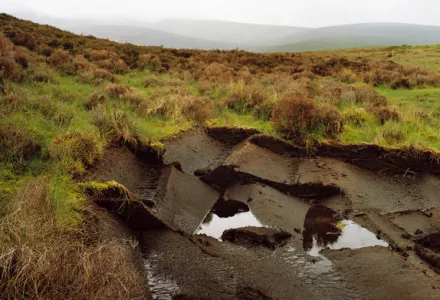The structure of potting mix determines how much water and air are available to the roots. Air is important for the roots’ oxygen supply and for the micro-organisms in the root environment.
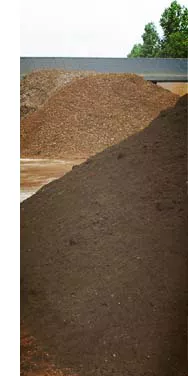
Roots need oxygen to grow, maintain the root system and the intake of water and nutrients. For fast growing plants, the provision of a good supply of air is of vital importance for obtaining a good final result. A shortage of air in the early stages of cultivation leads to a poorly developed root system, which hampers growth resulting in a smaller yield.
In order to ensure that the root environment has sufficient air it is necessary for oxygen to be taken from the air in the growing room, which happens, by diffusion. The structure of the potting mix that has to be prepared is principally dependent on the quality of the raw materials in it. In order to get good potting mix it is necessary to start with virgin peat that has stable structural characteristics.
Vertically cut or shaved peat?
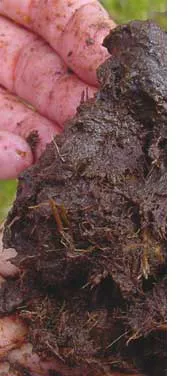
Two different methods can be used to exploit peat deposits: the cheapest but least efficient method consists of 'shaving off' the top layer of peat. The disadvantage of this technique is that the structure becomes less coarse which has an undesirable effect on the air/water relationship.
The second method consists of cutting the peat vertically. This is the most well known method from times gone by. The peat blocks that were previously used for fuel for cooking and heating houses were cut in this way. This is an expensive way of extracting peat. When peat is cut into blocks it has to be turned by hand to dry out.
The coarser that peat is the better will be the balance between the water and air that it contains and this will ensure that the roots will develop better in the medium, that the plants are healthier and that the tendency of the potting mix to compress will be reduced.
High and low peat
One of potting mixes main ingredients is peat. This is a centuries old, natural material that is formed from old vegetation. Peat originates from regions where climatic circumstances caused new plant material to form faster than the dead vegetation could rot. Slowly but surely this process has built up a layer of organic material that could become several metres deep.
Two different types of peat can be differentiated: high peat and low peat. Low peat is formed in regions where groundwater levels are high and there are plenty of nutrients. Low peat typically contains a high proportion of rotten material and can have high levels of silt; sand and harmful salts which make it an unsuitable basis for good potting mix. High peat is formed under the influence of rainwater in low nutrient regions and its principal ingredient is sphagnum moss. This is a small plant that dies off from below while continuing to grow above on its own remains. The remains of other plants can also be found, cotton grass for example.
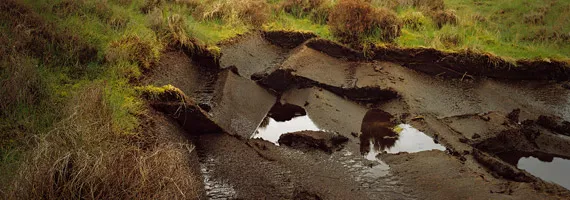
Sphagnum moss
Sphagnum moss is particularly suitable for use as a growing substrate because it is natural, light, clean and easy to work with. It has a low nutritional content; a pH that ranges from 3.5 to 4.5 and it has good water retention properties (up to 20 times its own weight). The profile of the high peat in the flat peat region in the Northwest of Germany contains different layers that have been formed in different periods.

